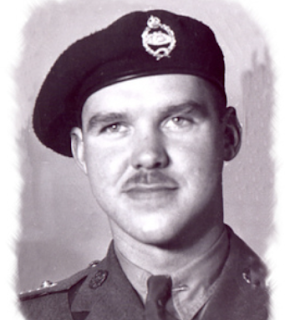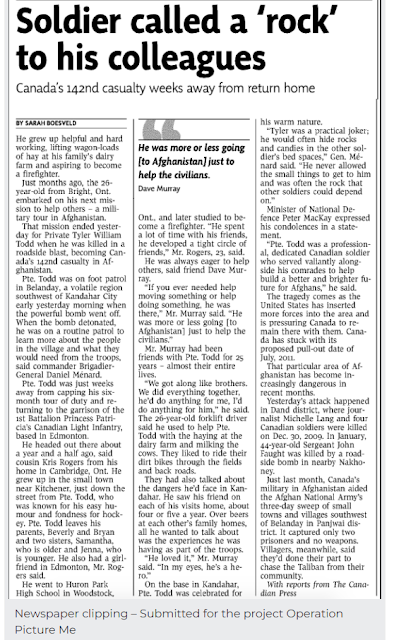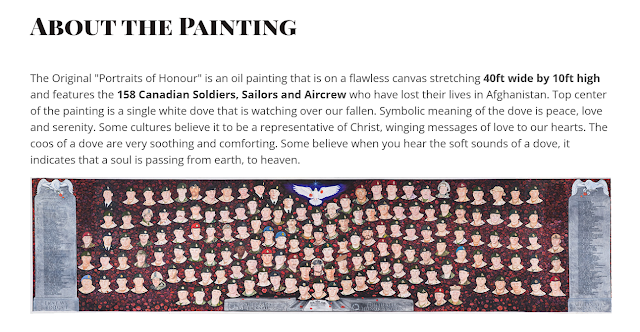Gillingwater, Holst both habitat heroes of water and its inhabitants
By MARK SCHADENBERG
Upper Thames River Conservation Authority (UTRCA) has many Category 1 responsibilities to the watershed. I believe the UTRCA has a more difficult task (or varied) than some other conservation authorities as the water in the Upper Thames drains first to the Lower Thames, which in-turn eventually reaches Lake St Clair.
The Woodstock area -- most certainly including Innerkip and Norwich Township can be referred to as being the starting point or up stream. There's a fork to the Thames in the middle of London and one of those branches meanders from Woodstock to Beachville and then Ingersoll, Dorchester and to London.
The City of Woodstock is currently rehabilitating the Cedar Creek pond in Southside Park. Digging and shifting land -- it's all part of being a friend to nature -- water and the animals and plants living in it and hopefully thriving.
In recent years the County of Oxford along with Ducks Unlimited literally fixed the Hodge's Pond wetland just south of Old Stage Road. To be plain-and-simple and blunt for a moment, the Hodge's Pond work transformed a warm pea soup mucky pond which didn't attract wildlife to a cool-running clean waterway which also now includes a greatly improved and attractive habitat for fish, turtles, birds, frogs and yes even snakes to thrive.
The aquifer must be improved, which then improves this area's score in the UTRCA water quality report card, which is a book about 500 pages of water testing and gauging trends. If you think water entering Woodstock into Southside Park also struggles because of the trespassing or under-passing of the 401, you're correct as salt and sediment are deposited into the branch of the Thames River on a daily basis.
Below, is a link to a video produced by the UTRCA featuring Conservation area staff, but also features national Ducks Unlimited board member Phil Holst (pictured) who has coordinated more than a dozen projects from Hodge's to Brick Pond to Beachville to countless water features and wetlands. Holst is an expert in obtaining funds and grants, but also in assisting farmers in improving their property.The 2 pictures included here were taken at the west end of Curries Road, so west of Curries where the so-called 'Sweaburg Swamp' begins (See map). Could you imagine how difficult it would be for our municipality to attain water quantity if it wasn't for that specific area? Keep in mind, some municipalities literally must use extensive pipelines from Lake Erie or Lake Huron to bring water into their water treatment facilities.
I'm both a member of Woodstock City Council (elected) and the UTRCA board (assigned / appointed), so I know it's important to relay that it's assistance from partnerships with Ducks Unlimited, and sponsorship from Cowan Foundation, Gunn's Hill Wind Turbine collective, Stewardship Oxford and other groups which create sustainable successful improvements. A great advantage to Hodge's Pond in its relationship to the Woodstock area is that the property is owned by the County Of Oxford, but it also plays a significant recreation role with trails.
Holst is determined and knows that every time one task is almost completed, another priority appears to be apparent.
Back at Curries, Holst told me by phone that proper plantings of native species is always paramount, while at the same time the removal or evasive species such as phragmites continues. It's a triumph, he says, when turtles can be seen basking in the sun on logs that were placed in revived ponds or when there is proof that snapping turtles are laying eggs.
In our last phone discussion, Holst also told me about Ducks Unlimited concentrating its efforts outside the Thames basin, so on the Nith River around New Dundee. Clean and healthy waterways is the light at the end of the tunnel.
****************************************************
UTRCA -- SOARR
Also at the UTRCA, staff such as Scott Gillingwater (pictured) continue efforts to increase the populations of threatened turtles such as the spiny soft-shelled variety by literally hatching them and letting them establish in incubators before getting released by the hundreds. The results are actually quite astounding as up to 7,000 hatchlings are released each year. Gillingwater lives just outside of Woodstock so much of his efforts are concentrated here.
Gillingwater's foundation through the UTRCA is called SOARR (Southern Ontario At-Risk Reptiles). It's integral for his team to operate in this way as funding from the province is always limited plus dollars can be directed to his specific work. Therefore, the general public is encouraged to donate to SOARR. The species-at-risk website has a wealth of info on how you can help, including volunteering as I know a local teacher on Scott's turtle team.
Gillingwater was a teenager when he placed his focus on nature, so it's been a passion of his for 3 decades.
"SOARR is making a difference for Southern Ontario's at-risk reptiles and helping many declining populations pull back from the brink," says Scott on the UTRCA website. “We need people and businesses to step up and support this conservation work, or we will lose many local threatened and endangered turtles and snakes.”
Gillingwater added that the provincial government does not provide financial support for Species at Risk programs associated with conservation authorities, even grassroots programs such as SOARR.
If an agri-business wants to research more about their water ponds, UTRCA does have grants for wind-buffer tree plantings and other stewardship ideas.
Facebook: Southern Ontario At Risk Reptiles - SOARR
More Info:
https://www.thamesriverdonations.ca/species-at-risk
https://thamesriver.on.ca/wp-content/uploads/SOARR-funding-flyer-4pg.pdf
https://thamesriver.on.ca/turtle-team-2021-utrca-weekly-august-13-2021/
https://thamesriver.on.ca/watershed-health/native-species/aquatic-species-at-risk/
https://thamesriver.on.ca/landowner-grants-stewardship/
https://thamesriver.on.ca/landowner-grants-stewardship/farmland-bmps/farmland-bmp-wetland-construction/
https://www.ducks.ca/places/ontario/wetlands-at-work/
****************************************************



























































